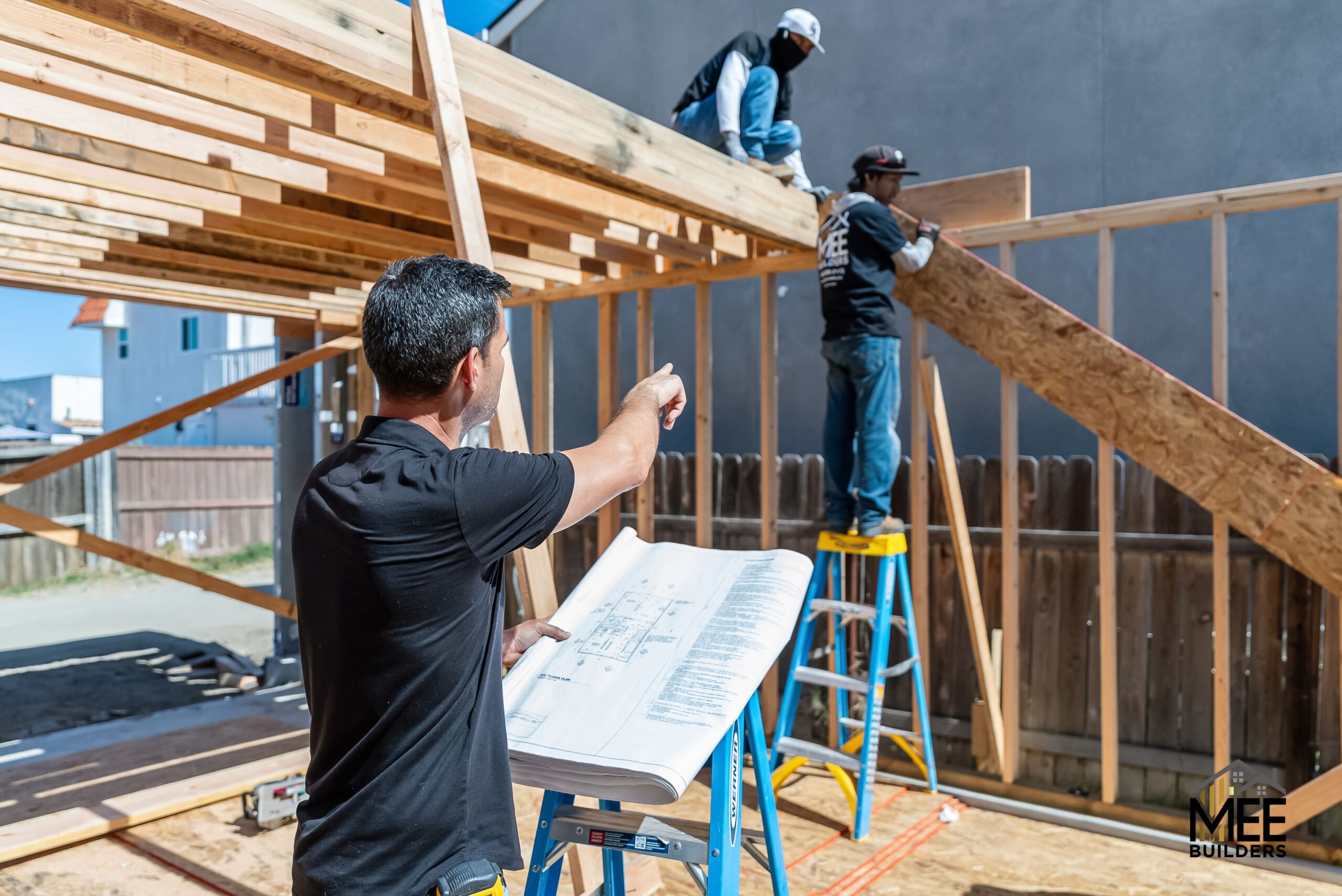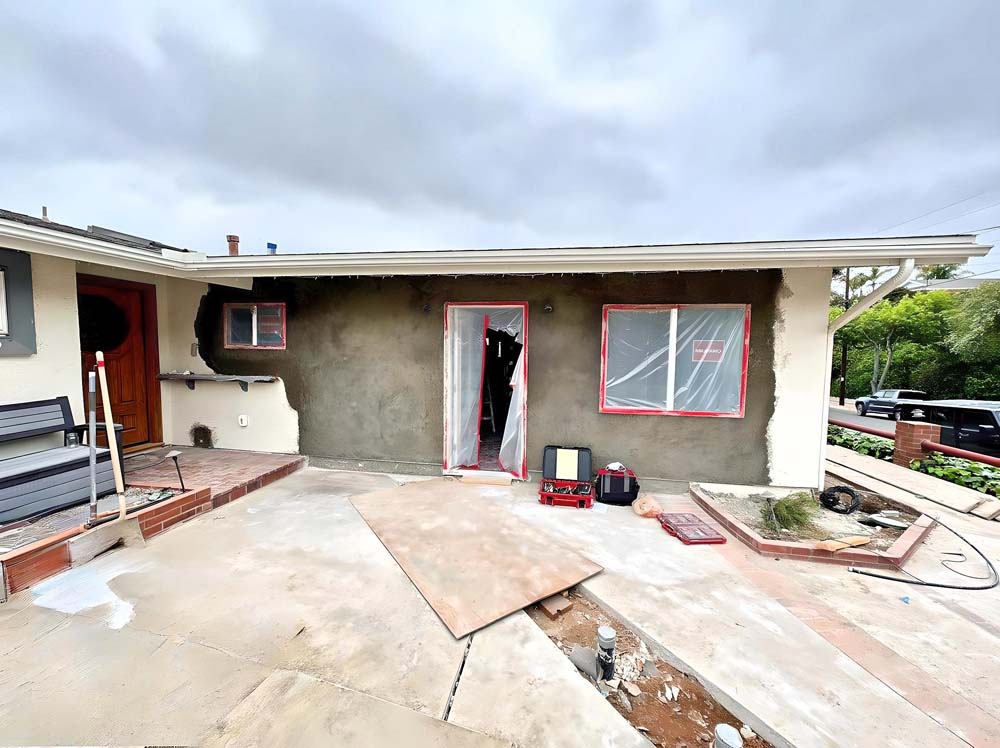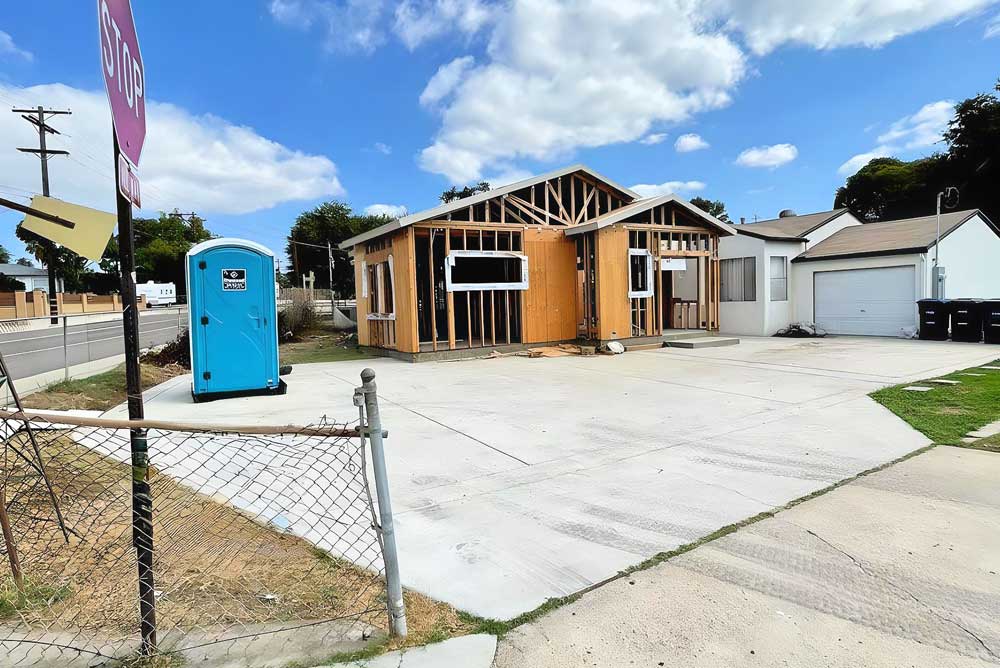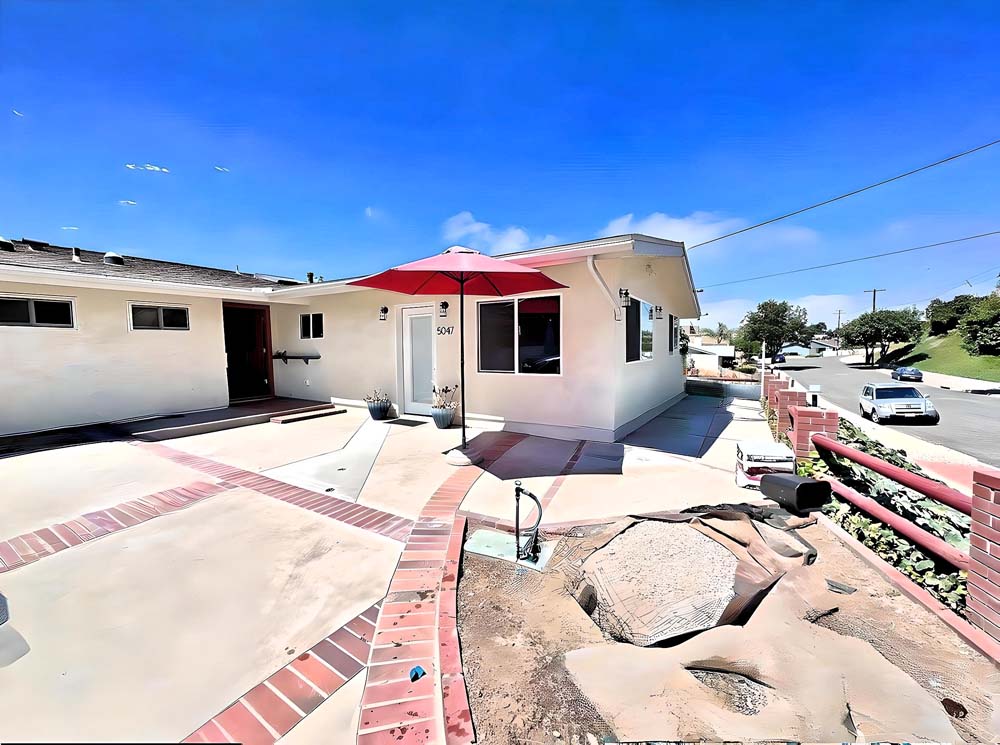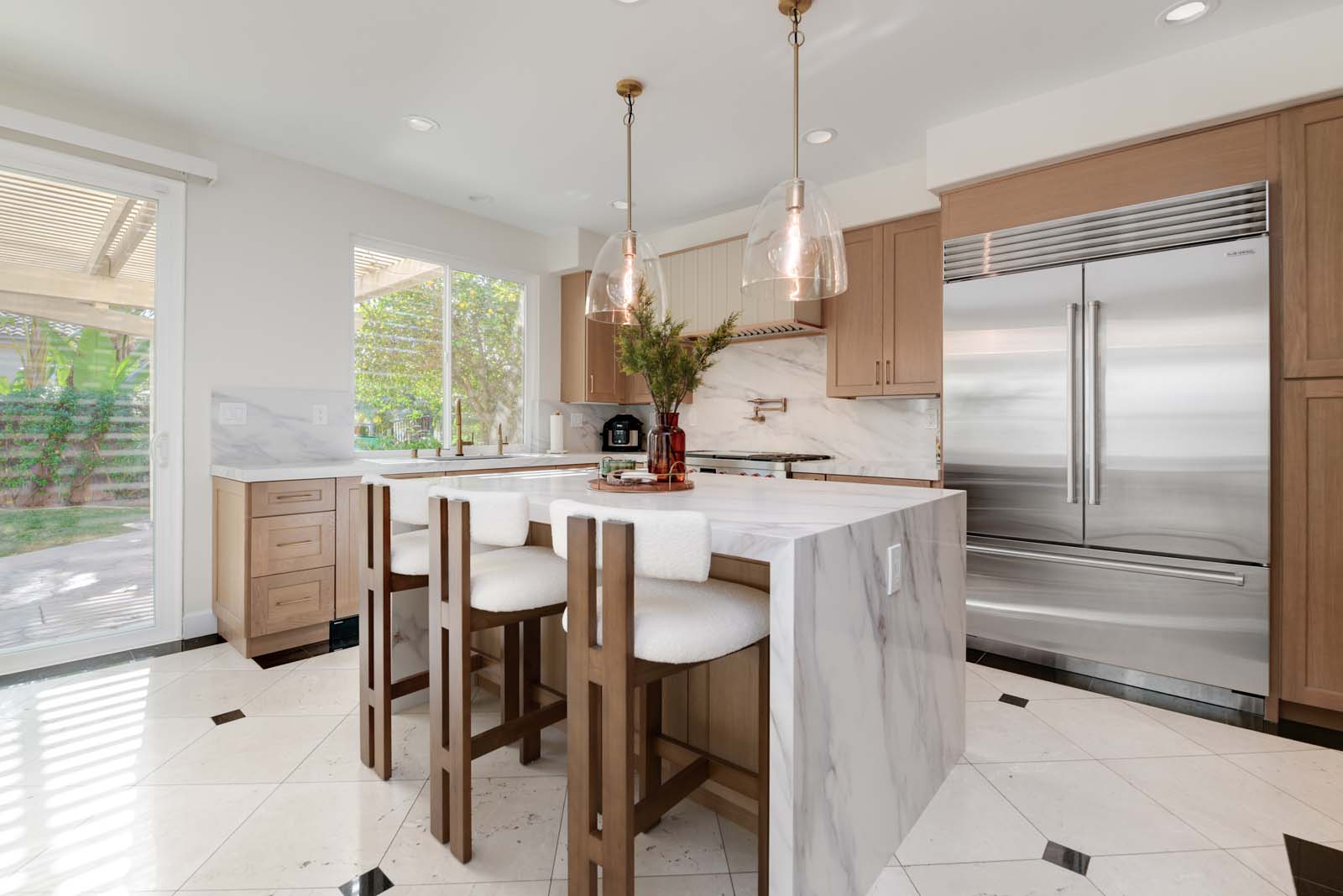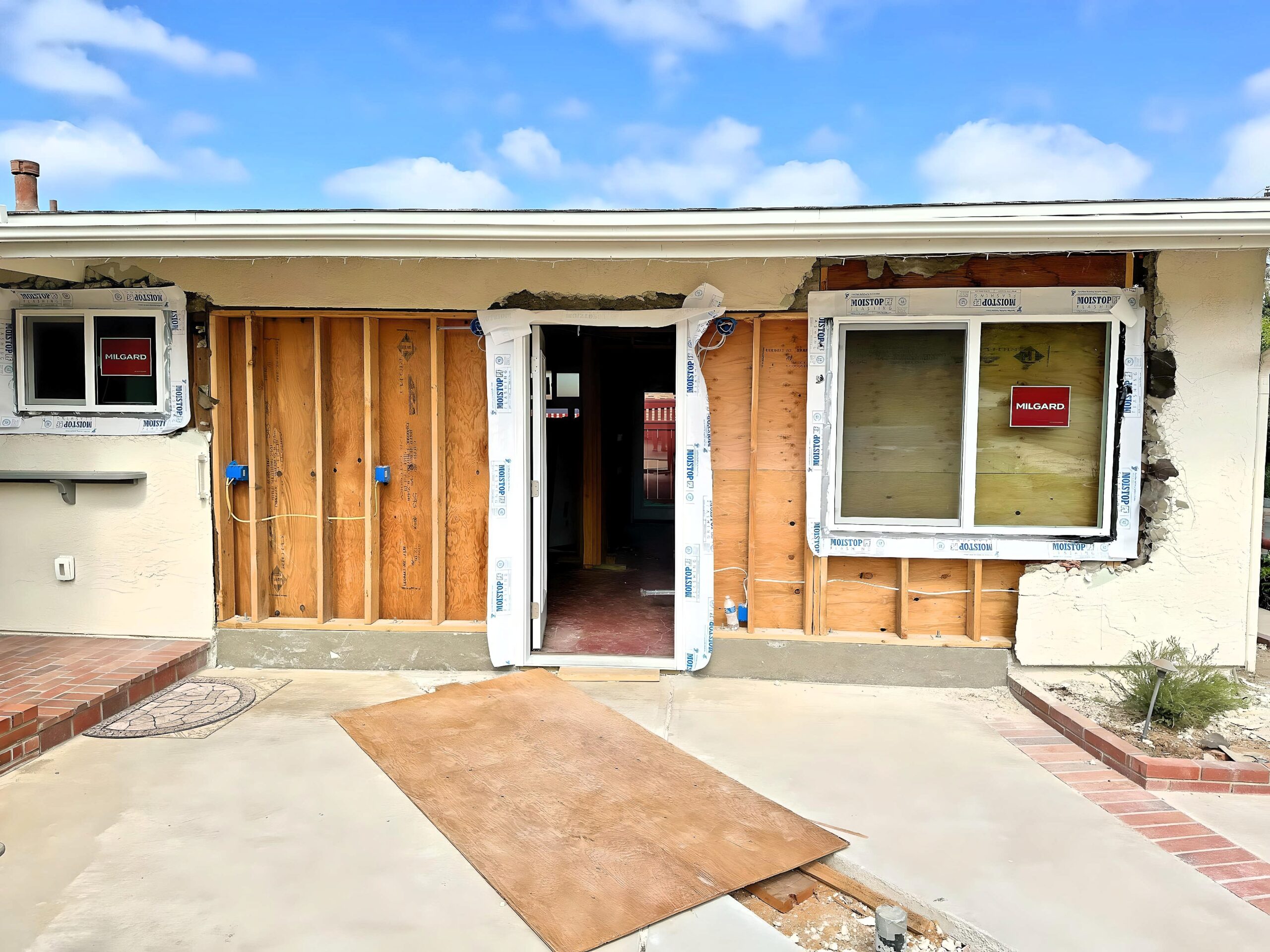Don’t let an unpermitted ADU become a costly liability. Here’s how to make it legal and protect your investment.
Did you discover that your property’s accessory dwelling unit (ADU) was built without proper permits? You’re not alone. Many San Diego homeowners find themselves in this situation, whether they purchased a home with an existing unpermitted unit or had work done by contractors who cut corners. The good news is that most unpermitted ADUs can be legalized with the right approach and professional guidance.
Why Permits Matter More Than You Think
Before diving into the legalization process, it’s crucial to understand why permits exist and what risks you face with an unpermitted ADU:
Safety concerns top the list. Unpermitted construction may not meet current building codes, potentially creating fire hazards, structural issues, or electrical problems that put your family at risk.
Financial implications can be severe. When you sell your home, buyers may demand significant price reductions for unpermitted work, or lenders may refuse to finance the purchase altogether. Insurance companies might also deny claims related to unpermitted structures.
Legal compliance protects you from city fines and forced removal orders. San Diego County has become increasingly aggressive about identifying and addressing unpermitted construction, with penalties that can reach tens of thousands of dollars.
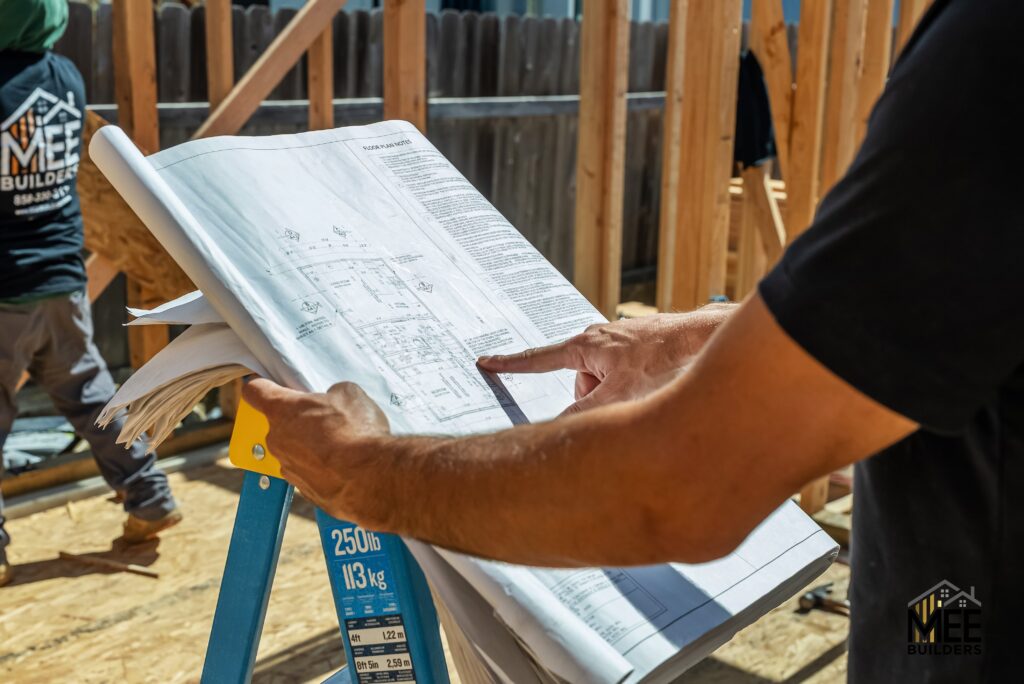
The ADU Legalization Process: Your Roadmap to Compliance
Step 1: Conduct a Professional Assessment
Start with a thorough evaluation by a licensed contractor who specializes in ADU legalization. This assessment should include:
- Structural integrity analysis
- Electrical and plumbing system review
- Code compliance evaluation
- Identification of required modifications
At MEE Builders, we’ve helped dozens of San Diego homeowners navigate this exact situation. Our CSLB-licensed team knows exactly what local inspectors look for and can spot potential issues before they become expensive problems.
Step 2: Gather Documentation and Create Plans
You’ll need comprehensive plans that show the current state of your ADU and any proposed modifications. This includes:
- As-built drawings that accurately reflect the existing construction
- Architectural plans showing any necessary changes to meet code
- Engineering reports for structural modifications
- Utility plans for electrical, plumbing, and HVAC systems
Many homeowners underestimate this step, but detailed, professional plans are essential for permit approval.
Step 3: Submit Your Permit Application
In San Diego County, you’ll typically file for a “legalization permit” or “after-the-fact permit.” This process involves:
- Submitting complete plan sets to the building department
- Paying application fees (often higher than original permit costs)
- Scheduling initial plan review meetings
- Responding to plan check corrections
Pro tip: Work with professionals who understand local permit processes. Each jurisdiction has unique requirements, and San Diego’s ADU regulations have evolved significantly in recent years.
Step 4: Make Required Modifications
Based on plan review feedback, you’ll likely need to make modifications to bring your ADU into compliance. Common requirements include:
- Fire safety upgrades such as proper egress windows and smoke detectors
- Electrical updates to meet current codes and load requirements
- Structural reinforcement if the existing construction doesn’t meet standards
- Accessibility improvements depending on local requirements
This is where having an experienced contractor becomes invaluable. We can efficiently coordinate these improvements while minimizing disruption to any tenants or your family’s routine.
Step 5: Schedule and Pass Inspections
The inspection process typically includes multiple visits:
- Foundation and framing inspection
- Electrical rough-in inspection
- Plumbing rough-in inspection
- Insulation and drywall inspection
- Final inspection
Each inspection must pass before moving to the next phase. Failed inspections require corrections and re-inspection fees, so it’s crucial to get things right the first time.
Common Challenges and How to Overcome Them
Setback Violations
Many older ADUs don’t meet current setback requirements. Solutions may include:
- Requesting a variance or administrative adjustment
- Modifying the structure to meet setbacks
- Demonstrating that the existing setbacks meet previous code requirements
Parking Requirements
San Diego has specific parking requirements for ADUs. If your property lacks adequate parking, you may need to:
- Create additional parking spaces
- Request a parking reduction based on proximity to transit
- Demonstrate that tandem parking meets requirements
Utility Capacity Issues
Older electrical panels and plumbing systems may not support an additional dwelling unit. Common solutions include:
- Electrical panel upgrades
- Separate utility meters
- Water pressure booster systems
When to Call in the Professionals
While some homeowners attempt DIY legalization, the process is complex and mistakes can be costly. Consider professional help when:
- Your ADU has significant code violations
- You’re unfamiliar with local permit processes
- The project involves structural or major system modifications
- You want to minimize the time and stress involved
The MEE Builders Advantage
As a family-owned company with deep roots in San Diego construction, MEE Builders understands both the technical and bureaucratic challenges of ADU legalization. Our CSLB license #1046249 represents years of experience helping homeowners turn unpermitted liabilities into valuable, legal assets.
We handle the entire process, from initial assessment through final inspection, ensuring your ADU meets all current codes while maximizing its rental potential and property value.
Our local expertise means we know San Diego’s specific requirements, have established relationships with city inspectors, and understand the nuances of different jurisdiction requirements throughout the county.
Quality workmanship ensures that any modifications we make will pass inspection the first time, saving you money and delays.
How Long Does It Take To Permit an ADU?
Every day your ADU remains unpermitted is another day of potential liability and lost rental income. The legalization process typically takes 3-6 months, but the peace of mind and increased property value make it a worthwhile investment.
Ready to legalize your unpermitted ADU?
Contact MEE Builders today for a comprehensive assessment and personalized legalization plan. We’ll help you navigate the complexities while ensuring your ADU becomes a valuable, compliant part of your property.
Remember: This guide provides general information about ADU legalization in San Diego County. Specific requirements may vary by jurisdiction and property. Always consult with licensed professionals and local building departments for requirements specific to your situation.
Contact MEE Builders today to start your ADU legalization journey. Built on trust, focused on quality.
